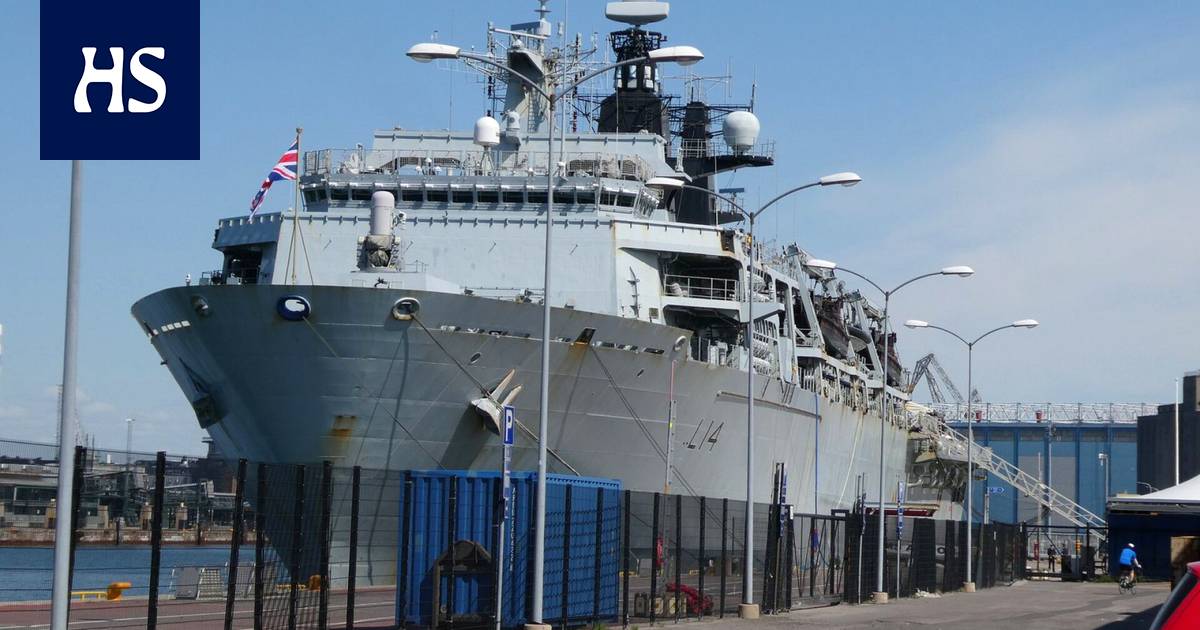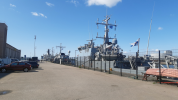edit: Aiempi infovideo aiheesta ASCA Artillery Systems Cooperation Activities (softwarea).
 www.youtube.com
www.youtube.com
TVB Tactical Voice Bridges
Tässä kiehtova kuvaus vuodelta 2020 kuinka Baltiassa mm. ASCAn käyttö vaikutti olevan erityinen poikkeus eikä sääntö.
 www.fieldartillery.org
www.fieldartillery.org
- YouTube
YouTubessa voit nauttia parhaista videoista ja musiikista, ladata alkuperäistä sisältöä ja jakaa kaiken ystäviesi, perheesi ja koko maailman kanssa.
TVB Tactical Voice Bridges
Tässä kiehtova kuvaus vuodelta 2020 kuinka Baltiassa mm. ASCAn käyttö vaikutti olevan erityinen poikkeus eikä sääntö.
To establish a common communications architecture, the easiest solution to enable MN Fire Support was the use of NATO encryption keys. NATO encrypted radio frequencies enabled the FSE to create a MN Fires net and cut down on how many nets the FSE would have to monitor in the exercise. The FSE was able to tie in the Norwegian and Lithuanian observer teams with NATO encrypted radios but had to use Tactical Voice Bridges (TVB) to tie in the Dutch PzH2000 platoon.
The Dutch were limited on frequencies they could monitor as a platoon sized element that could still maintain internal radio encryption. Using the TVB, the FSE was able to tether the Dutch platoon into the main NATO encrypted Fires net. Having all assets on the same net cluttered the net quickly. To mitigate confusion, the FSE kept all Mortar assets on a separate net to ensure the correct fire missions were going to the correct assets without confusing each other. By separating the sensors and shooters, the FSE lost time in the kill chain, but was value added because the FSE could better validate fire missions, control who the priority for fires was, and send on call targets to assets that were not in use by the main effort.
The Croatians had a radio system that was not built for a TVB and could not accept NATO encryption. For that barrier, there really were few solutions other than handing over a radio, and in our instance, we were given a friendly radio with which to relay from the observer to Croatian and US mortars. Croatian handheld radios could not range the 82mm mortars approximately four kilometers away. To fix this, the US 120mm Mortars co-located with the Croatian platoon to tether them into the NATO net, and the handheld radio was used to receive missions from the dismounted observation post. This became a procedural advantage for the Croatian mortar platoon as they received instruction on firing mortars at night from the US platoon.
After over 15 LFXs and FTXs with different partners from Lithuania and the eFPBG, it was a lot easier to identify barriers that spanned multiple events. Operators at the lowest level lack the skills to connect to each other. Artillery Systems Cooperation Activities ASCA is a built-in program that enables US Advanced Field Artillery Tactical Data Systems (AFATDS) to connect with the German Automated Field Artillery/Fire Support C3 System (ADLER). ASCA bridges the US AFATDS digitally with ADLER to process and send individual fire missions.
The program was built to facilitate MN Fires. It reduces multiple friction points with language barriers and encrypted radio communications. The program builds a common reference point that collects a multitude of inputs and fire mission standards that countries use (IE LAT/LONG vs GRID) and provides a single output to the asset servicing the fire mission. The FSE received an ASCA course prior to the rotation, which in hindsight, would have been ideal in a perfect vacuum where entire Batteries or Battalions co-locate with their ASCA capabilities.
Unfortunately, where units divide their batteries and battalions to support multiple NATO operations simultaneously in different nations, using ASCA seems to be the extreme exception and not the standard for Baltic Fire Support. Unlike AFATDS, most ADLER systems do not have the program built into the system and most of our partners hold an ASCA enabled ADLER at a Battalion level or higher echelon. This restriction severely limited our ability to digitally process Fires in support of multiple exercises.
Baltic Fire Support - United States Field Artillery Association
Viimeksi muokattu:






